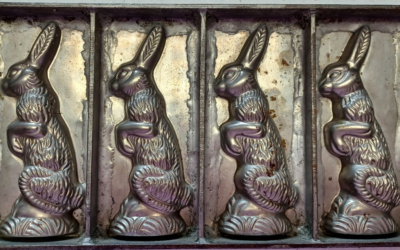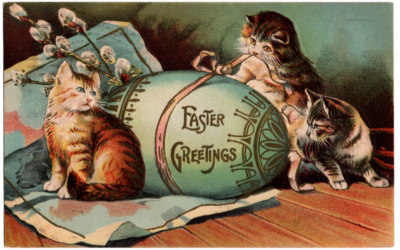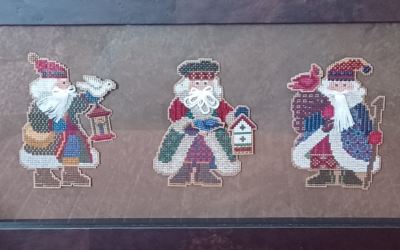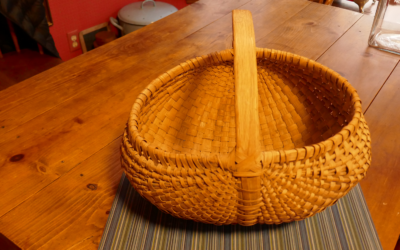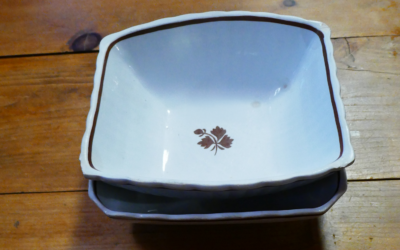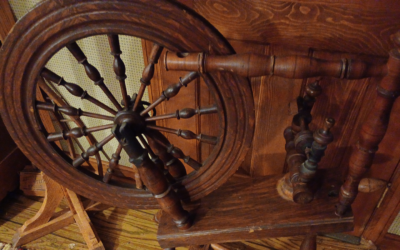Blue Milk Glass
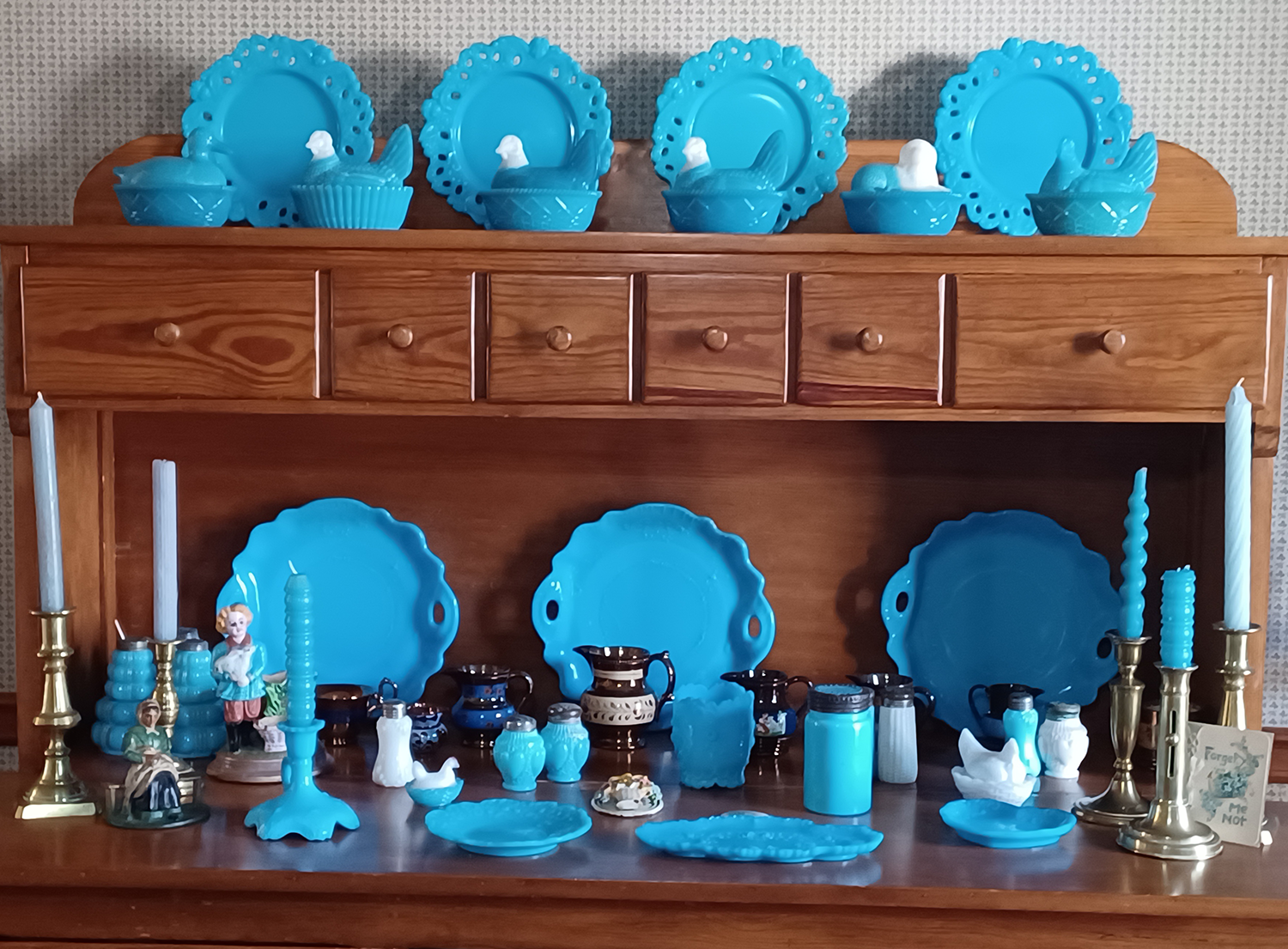
Written by Sally Thompson
Blue milk glass, also known as opal glass, has a rich history that dates back to the 16th century in Venice. It was originally created as a competitor to porcelain, offering a unique aesthetic and affordable alternative. Over time, the term “milk glass” emerged, though “opal glass” remained in use for many years. The 19th and mid-20th centuries saw several revivals of milk glass, particularly during the Victorian era (1890-1910) and again in the 1950s and 1960s. During these periods, milk glass became a staple for home decor, especially among florists, as its soft, opaque surface made it ideal for holding fresh arrangements. It was mass-produced by well-known glassmakers like Anchor Hocking, Fenton, and Westmorland, who created vases and other decorative items in abundance.
Milk glass
Milk glass is characterized by its smooth, opaque texture and distinct opalescent shine when held up to light. This gives the glass a luminous quality, making it popular for light fixtures and other decorative pieces. Its versatility and timeless appeal have ensured that milk glass remains a beloved collectible to this day.
One of the hallmarks of older milk glass is the presence of seams or mold lines, which were often visible from the production process. These features, along with the glass’s smoother texture, add to the piece’s value for collectors, especially when the item is rare or in excellent condition. However, not all milk glass is created equally, and some pieces may contain lead, particularly older items or those with painted designs. The presence of lead is often detectable when the glass is tapped, producing a ringing sound similar to a bell.
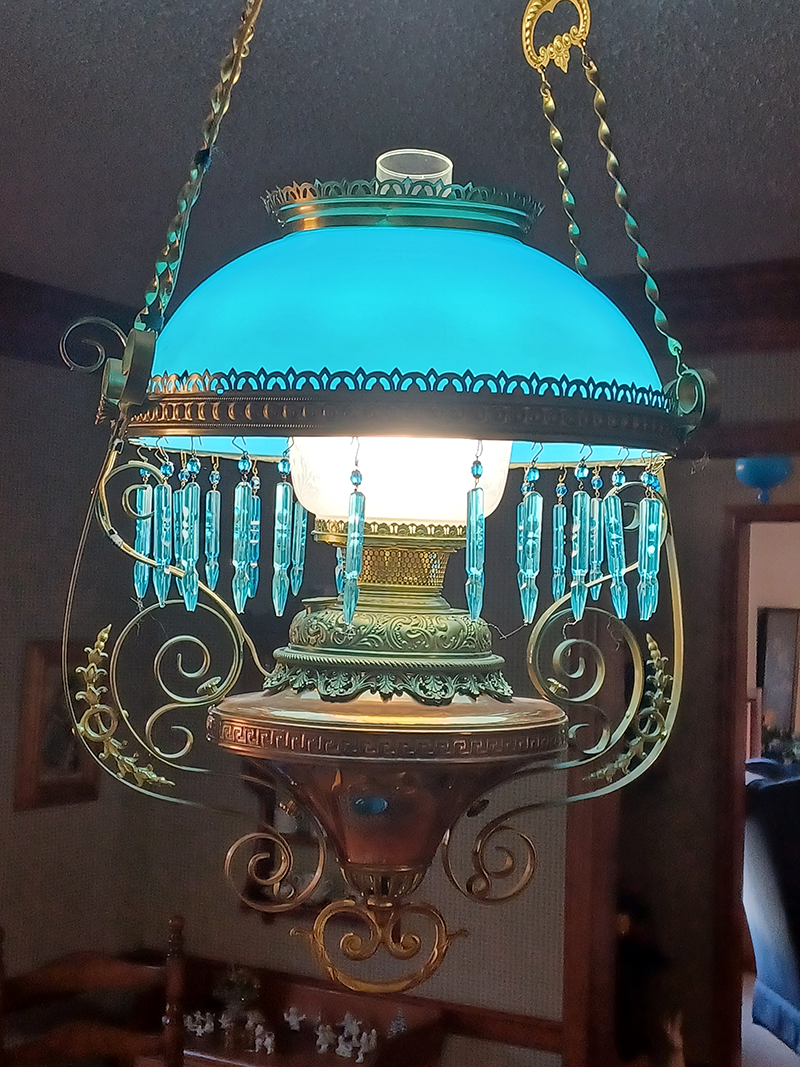
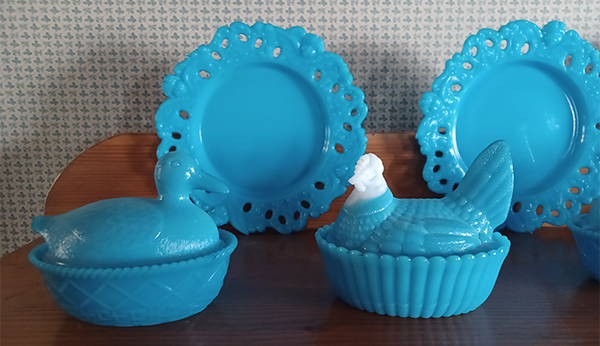
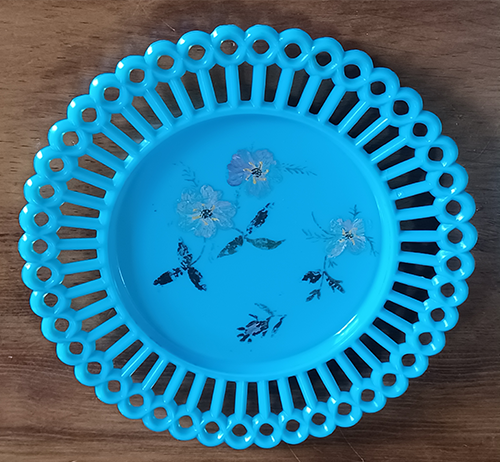
Most prized Milk Glass Items have Intricate Designs
Among the most prized milk glass items are those with intricate designs, such as covered animal dishes, floral vases, and pieces featuring hobnail patterns. These pieces, often made in the late 19th to mid-20th centuries, stand out for their craftsmanship and unique beauty. When held up to sunlight, some older pieces of milk glass can even exhibit a phenomenon known as the “ring of fire,” where an iridescent halo forms around the glass, creating a stunning visual effect that collectors cherish.

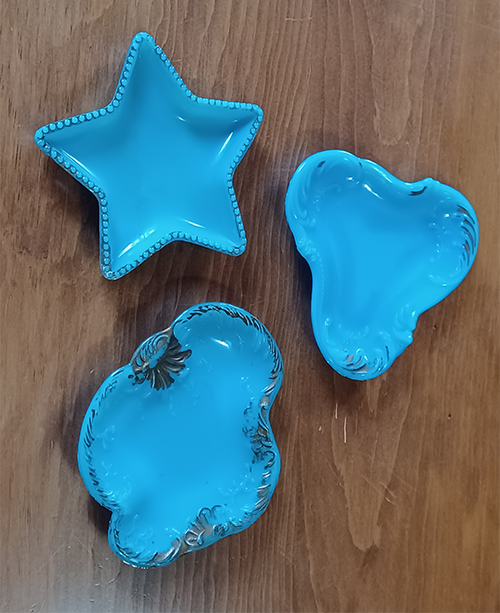
Starting a Collection
For those interested in starting a collection, milk glass offers an affordable hobby, especially when focusing on items from the 1950s and 1960s. These pieces are often more readily available and less expensive than their older counterparts, making it easier for new collectors to build a collection without breaking the bank. As a result, milk glass continues to enjoy popularity both as a decorative item and as a collectible, appealing to those who appreciate vintage aesthetics and craftsmanship.

If you're looking to add to your collection, check out my eBay store ebay.com/usr/granitemom48
Sally has a passion for collecting and organizing Antique and Vintage shows. To become a vendor contact Sally Thompson at Granitemom@aol.com or call 913-488-3306
Antique Postcard Sells at Ebay
Some of the text content has been rewritten by AI.
Written by Sally Thompson
Related Articles
Related
The History of Easter Eggs and Easter Bunnies
Easter is one of the most widely celebrated holidays around the world, blending Christian traditions with much older pagan customs. Two of the most recognizable symbols of Easter—the egg and the bunny—have fascinating histories that stretch back centuries. Though...
Postcard Collecting: The Art and History of Deltiology
Postcard collecting, known as Deltiology, is one of the most popular hobbies in the world. The term comes from the Greek word deltion, meaning “small picture” or “letter,” and it refers to the study and collection of postcards. While postcards may seem like simple...
The Art and History of Perforated Paper Needlework
Origins and PopularityPerforated paper needlework, a unique form of decorative stitching, gained immense popularity between 1860 and 1900. This intricate craft utilized punched paper or punched cardboard as its base material, serving as a foundation for cross-stitch...
Timeless Antiques for a Functional and Beautiful Home
Antiques are more than just decorations—they tell stories, showcase fine craftsmanship, and bring warmth and history into our homes. Some of the most practical yet charming antique pieces include hanging shelves with drawers, glass storage canisters, and split oak...
Exploring the Beauty of Tea Leaf Ironstone
Tea Leaf Ironstone is a classic and highly collectible style of ironstone china that has captivated antique enthusiasts for generations. With its simple yet elegant copper luster leaf motif, it remains a beloved pattern among collectors and decorators alike. We’re...
Antique treasures
Antique treasures have a special way of connecting us to the craftsmanship and heritage of earlier times. Two remarkable finds, a traditional spinning wheel and a set of woven baskets, serve as a beautiful testament to the artistry and utility of past generations....

